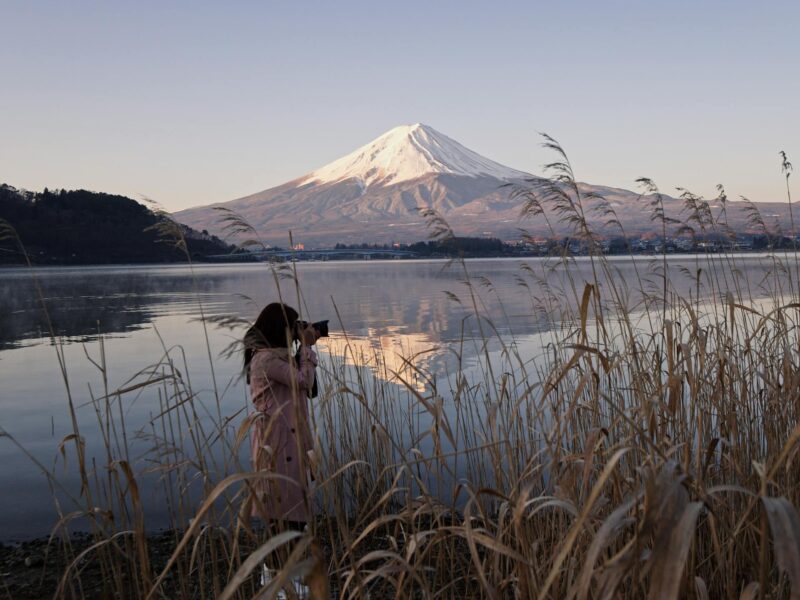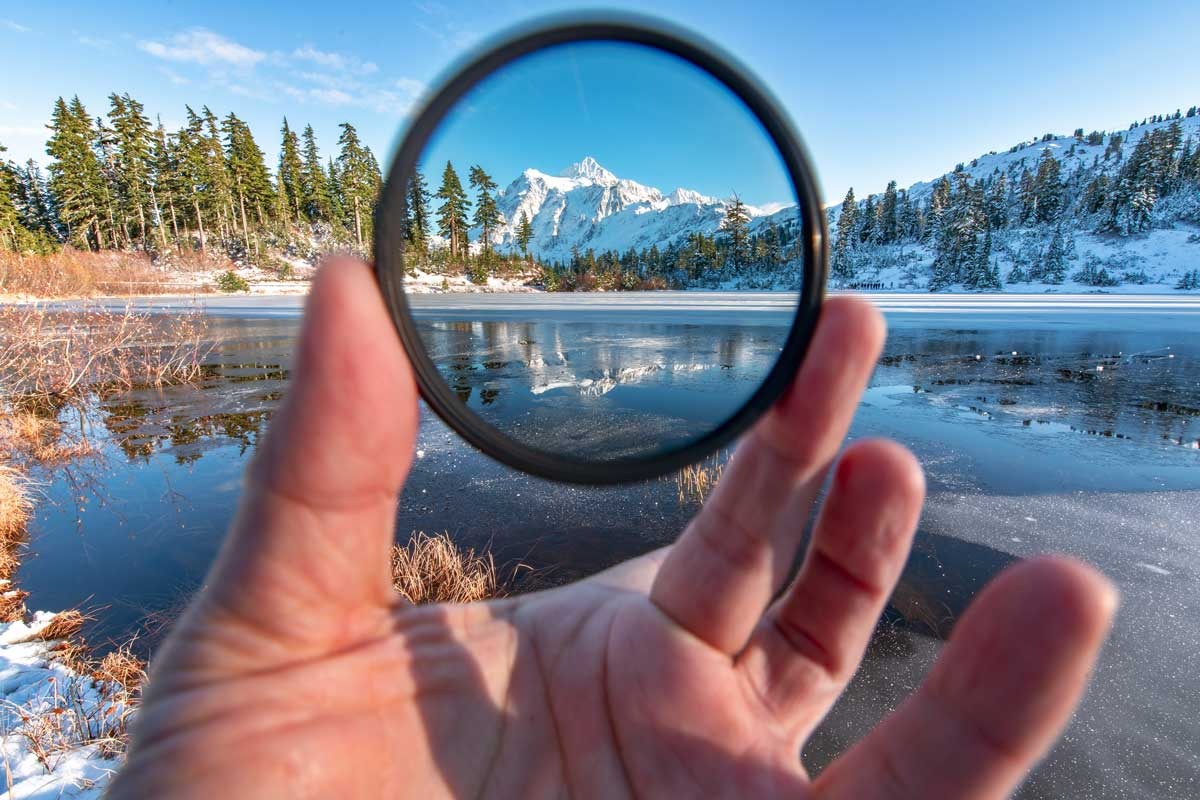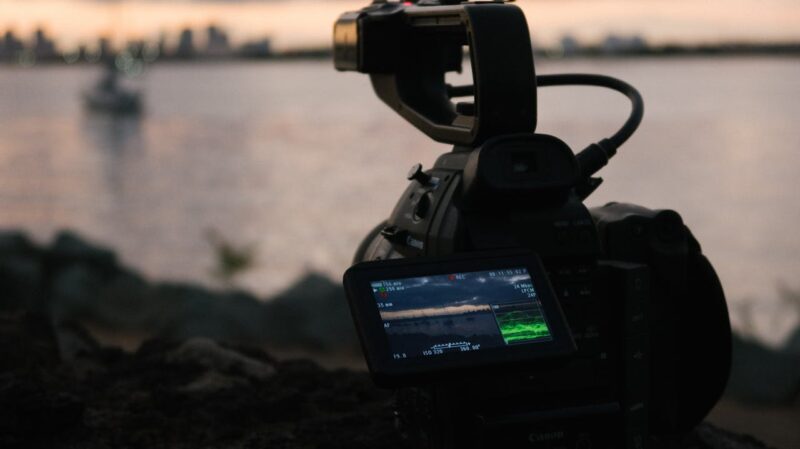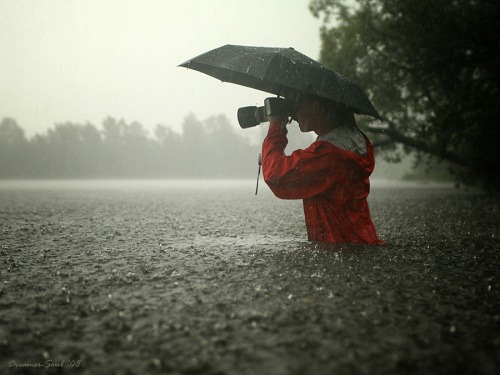Water settings such as lakes, rivers, waterfalls, and oceans offer photographers an incredible range of visual energy.
Subjects constantly shift as tides move, winds rise, and weather transforms a calm surface into a textured scene.
Water environments reward creativity but demand attention to safety, steady footing, and preparedness for sudden changes.
1. Master Shutter Speed for Water Movement

Capturing water successfully starts with careful control of shutter speed, since motion behaves differently depending on exposure length.
Slow shutter settings transform moving water into a smooth, silky surface that creates softness in waterfalls, streams, and rolling ocean swells. Motion blends into elegant trails that reveal direction and rhythm.
Faster shutter settings create a completely different result by freezing action, keeping droplets, splashes, and crashing waves crisp and energetic.
A helpful strategy involves taking multiple exposures to compare effects, and the section below lists key benefits of doing so:
- Creates variety in flow texture
- Helps identify your preferred style
- Provides options for blending images later
- Opens creative possibilities during editing
One frame may turn moving water into a misty veil, while another captures suspended droplets with absolute clarity.
A wide range of shutter experiments helps build expressive photo series and encourages new interpretations of familiar scenes.
2. Use a Polarizing Filter

Polarizing filters serve as powerful tools near water. Reflections on wet rocks, ripples, and glossy surfaces often hide texture and distract the eye.
A polarizer cuts glare effectively, revealing patterns and structure beneath the surface.
Colors in water, nearby plants, and surrounding elements also become more saturated, providing richer tones and cleaner contrast.
A small reduction in incoming light occurs when a polarizer is used, and that opens additional creative options outlined below:
- Allows longer shutter speeds during daylight
- Reduces risk of harsh highlights
- Improves sky and foliage color
- Enhances detail in wet environments
Many photographers prefer keeping a polarizer attached during outdoor water sessions for greater control and stronger visual consistency.
3. Understand and Plan Around Natural Light
Natural light changes constantly, shaping water in dramatic and subtle ways throughout the day.
Golden hour creates warm tones, glowing reflections, and extended shadows that give waves and flowing streams more dimension.
Overcast conditions offer soft and even lighting, perfect for waterfalls and forested streams where harsh highlights can easily overwhelm a scene.
Remaining in place after sunset adds another layer of magic. Color lingers quietly in the sky and reflects on water with gentle mood.
A list below highlights conditions that often produce striking results:
- Warm tones during golden hour
- Soft, controlled tones during cloudy days
- Calm, atmospheric tones after sunset
- Diffused reflections during low light
Patience during low-light moments often rewards photographers with subtle, peaceful imagery rarely captured earlier in the day.
4. Read the Water and Surroundings

Water environments shift quickly, making awareness essential.
Tides rise and fall, revealing or hiding rocks, tide pools, and natural structures. Wind direction influences texture on the surface, changes the shape of ripples, and increases spray.
Sun position creates glare at certain angles and enhances color at others.
Planning becomes easier with digital tools, and the list below suggests useful resources:
- Tide charts
- Weather apps
- Sun-position trackers
- Photo-planning tools such as TPE
Scouting locations at multiple water levels improves familiarity with current strength, safe access points, surprising compositions, and ideal shooting positions. Strong awareness keeps creativity flowing and reduces risk during each session.
5. Experiment with Composition and Abstraction
Creative compositions near water often appear once you move past wider traditional frames. Cropping out the sky focuses attention on ripples, surface textures, and flowing patterns.
Tight framing produces abstract shapes that transform ordinary surfaces into visually expressive designs.
Reflections also create strong opportunities. Trees, clouds, and shifting color dance across calm water, forming symmetrical or distorted shapes.
Foreground details add structure, and the list below includes useful elements to work with:
- Logs
- Rocks
- Leaves
- Sea foam
- Plants near the waterline
Experimentation helps reveal expressive perspectives that often feel more artistic and emotionally driven.
6. Get in the Water (Safely)

Entering shallow water creates access to angles impossible to achieve from shore.
Waterproof boots, waders, or drysuits allow comfortable movement through streams, ponds, and shallow coastal areas.
Lower perspectives formed while standing in water amplify reflections, strengthen leading lines, and increase immersion in each composition.
Safety remains essential. Rocks grow slippery quickly, currents shift unpredictably, and uneven terrain can cause sudden imbalance.
The points below highlight hazards to stay aware of:
- Slippery rock surfaces
- Sudden current changes
- Hidden drop-offs
- Fast-moving water sections
Comfort and caution together create opportunities to capture compelling scenes without unnecessary risk.
7. Use Natural Elements for Depth and Drama

Water settings gain dramatic impact when surrounding elements guide composition. Reflections of colorful skies, plants, and distant terrain build atmosphere and shape.
Calm surfaces act like mirrors, while moving surfaces distort reflections in expressive ways.
Coastal locations also provide sea stacks, tide pools, driftwood, and textured stone formations that help anchor scenes.
Foreground decisions influence depth, and the list below includes effective choices for structure:
- Rocks near the waterline
- Wave patterns
- Leaves floating on the surface
- Tidal debris
- Patterns of foam
These elements create visual pathways that lead viewers into the scene while adding a sense of scale and presence.
8. Protect Your Gear and Embrace the Elements

Water environments challenge gear more than most outdoor settings.
Waterproof bags, microfiber cloths, and protective covers help combat spray, mist, and sudden weather shifts.
Many photographers rely on a quick “shoot and swipe” process to clear droplets and maintain clarity between shots.
Tripods require extra reinforcement when used in moving water.
Vibrations travel through currents and can ruin longer exposures, so anchoring legs in sand or securing them with rocks reduces movement.
For photographers capturing scenes near maintained ponds or man-made water features, Admiral pond fountain systems offer a way to enhance surface movement, lighting, and visual interest, especially useful in low wind or static water conditions.
A list below outlines essential protection habits:
-
- Keep lens cloths ready for constant cleaning
- Use waterproof bags for transport
- Stabilize tripods firmly
- Carry spare batteries protected in sealed pockets
Preparedness helps maintain focus on creativity rather than equipment issues.
The Bottom Line
Water photography brings energy, variety, and constant motion to outdoor shooting.
Experimenting with shutter speeds, angles, reflections, and weather conditions produces a wide range of creative results.
Safety, planning, and respect for natural environments ensure each session remains both rewarding and responsible.

